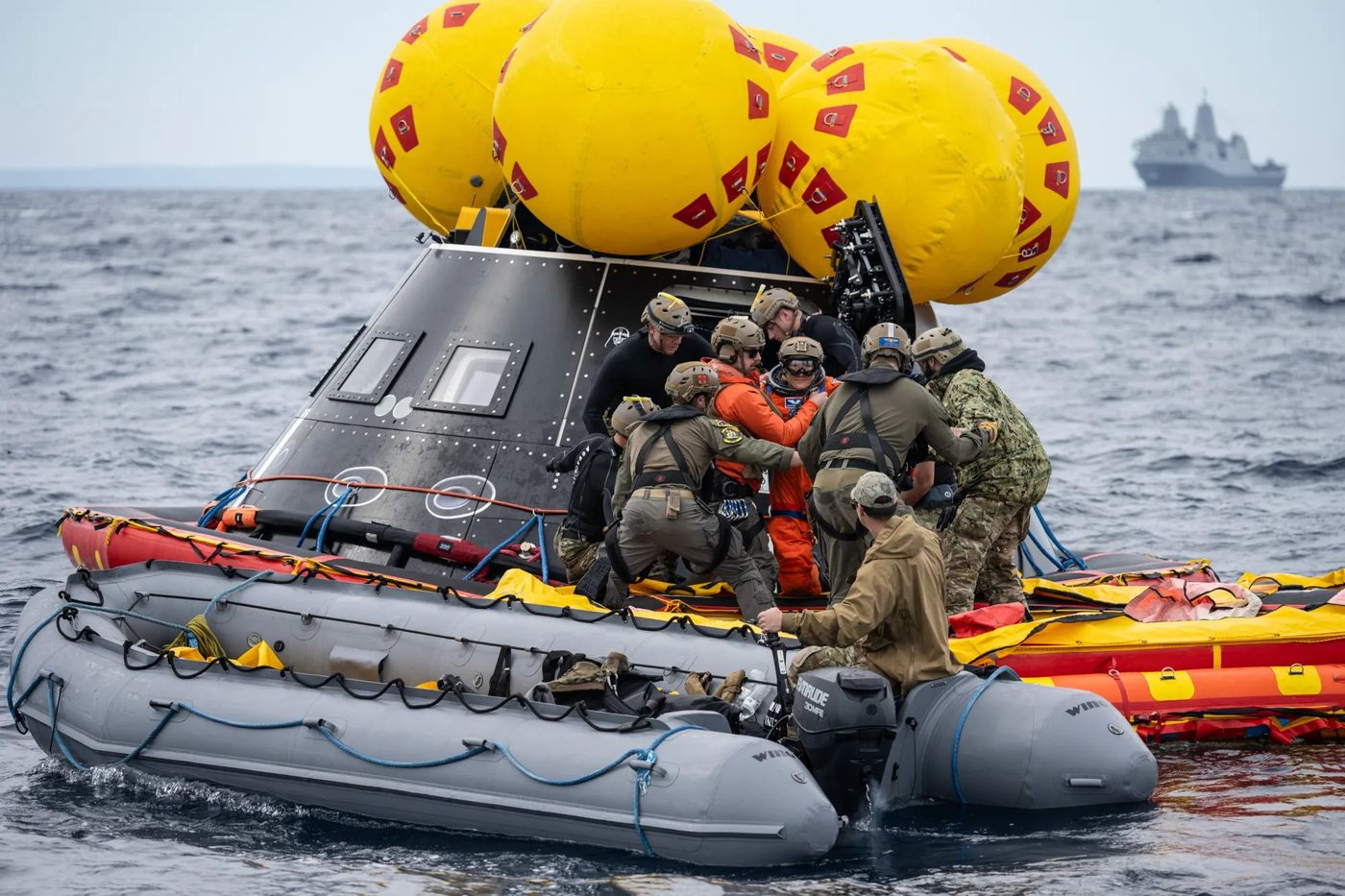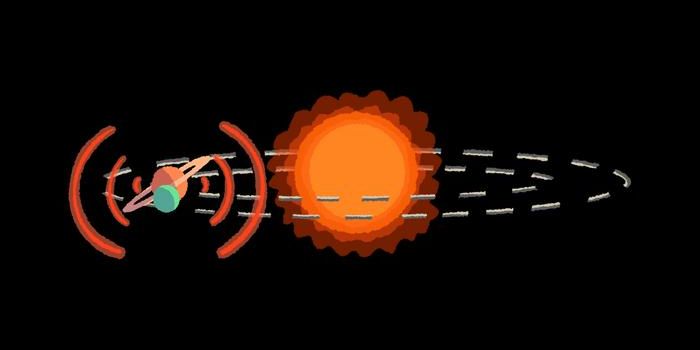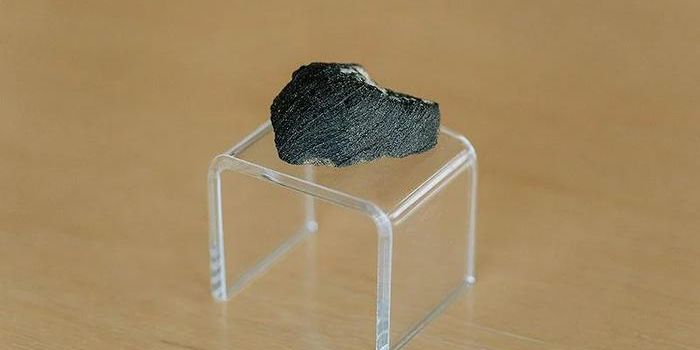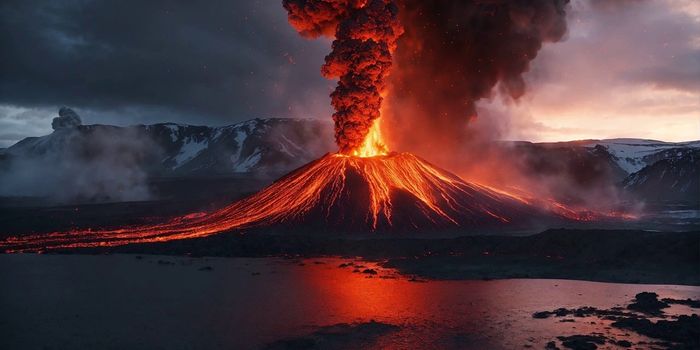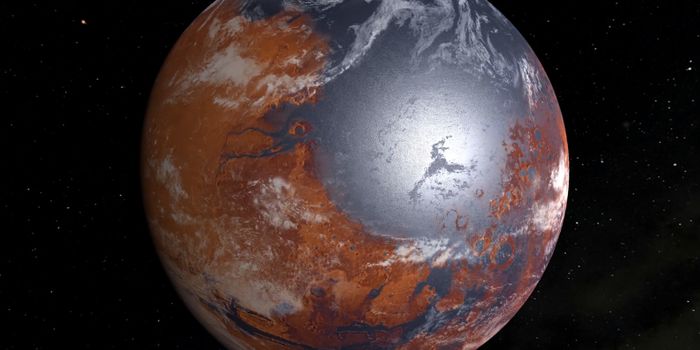Precise Recovery: Aligning Orion and Artemis II Crew for Safe Retrieval
One of the most crucial steps—if not the most crucial step—in safely returning astronauts to the Earth from space is the recovery process. This can happen either on land or sea, but for NASA’s upcoming Artemis II mission, the Orion capsule will be conducting a splashdown like the Mercury, Gemini, Apollo, and currently SpaceX Dragon capsules. This is why the Artemis II crew recently participated in Underway Recovert Test 11 (URT-11) on Febraury 24, which was the 11th scheduled mockup recovery test using a mockup capsule designed to simulate the exact conditions they will endure after splashing down from their historic mission.
NASA Artemis II crew members and U.S. Navy personnel seen participating in Underway Recovery Test 11 (URT-11) in the Pacific Ocean on Feb. 25, 2024. (Credit: NASA/Kenny Allen)
“Our highly choreographed recovery operations will help ensure the final phase of NASA’s first crewed mission to the Moon in more than 50 years ends as a success,” Lili Villareal, who is NASA’s landing and recovery director, said in a statement.
As previous human spaceflight programs have demonstrated, an ocean recovery process is a multifaceted affair involving hundreds, if not thousands, of people from the civilian and military sectors whose one goal is to get the astronauts safely out of their capsule almost immediately after splashdown and on to dry land. It involves removing the astronauts from the Orion one at a time, followed by raising them into a helicopter in a basket-like device. The astronauts are then transported to a recovery ship, along with the Orion capsule, the latter of which is towed using cables. This ocean recovery process occurs after the Orion capsule is slowed from 25,000 mph as it enters the Earth’s atmosphere to 20 mph within a matter of minutes using a system of parachutes.
The Artemis II mission is currently scheduled to occur in September 2025, when it will ferry Commander Reid Wiseman (NASA), Pilot Victor Glover (NASA), Mission Specialist Christina Koch (NASA), and Mission Specialist Jeremy Hansen (Canadian Space Agency) on a 10-day journey to the Moon. While the mission is strictly an orbital mission, the crew will be testing out the myriad of systems onboard the Orion capsule to ensure it will be safe to fly for Artemis III, which is currently scheduled for September 2026 and will be the first human landing on the Moon since Apollo 17 in 1972.
To this, we salute the brave men and women who will be responsible for safely recovering the Artemis II astronauts when they return from their historic trip to the Moon late next year!
As always, keep doing science & keep looking up!
